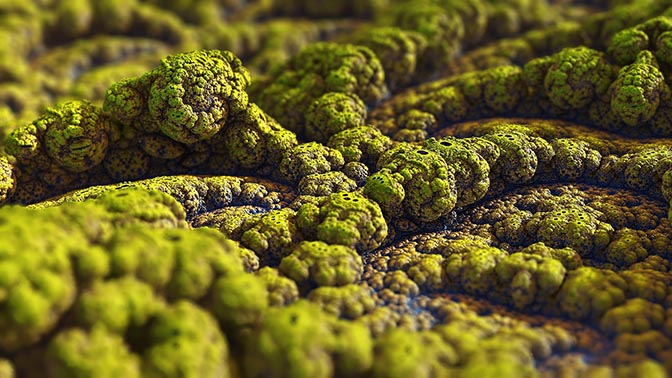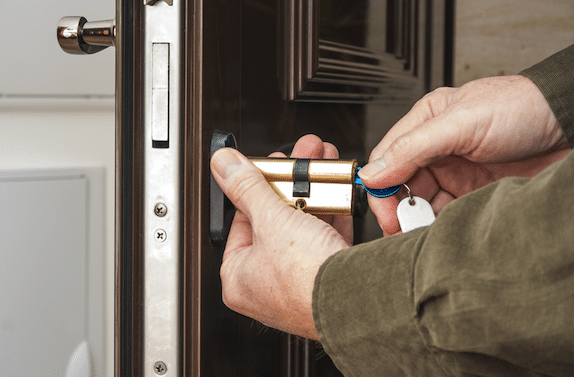Mould and mildew can cause a nightmare to clean from within your home. But have you ever considered using a steam cleaner to help with the work? The article will look at the causes of the mould first and can steam cleaner remove mould from surfaces in your home. It will also provide some tips and advice on using steam cleaners for the best results. Read on to find out more!
What is Mould?

A fungus called mould can flourish in warm, damp situations both inside and outside. Mould spores can enter your home through windows, vents, or other openings because they are present in the air. Fungal spores start to increase as soon as they touch a wet surface.
Mould can seriously harm a person’s health, especially if they have allergies or asthma. Mould exposure can result in respiratory issues such as coughing, wheezing, and shortness of breath. Most people allergic to mould may also have nasal congestion, watery eyes, and skin irritation. Mould exposure can, in extreme circumstances, cause lung infections.
Mould may be effectively removed from surfaces in your home with steam cleaning. Its spores will kill by the hot steam and prevented from growing. A steam cleaner thoroughly cleans all mold-infested areas, including cracks and crevices. After steam cleaning, ensure the space is adequately ventilated so that any moisture left behind can swiftly evaporate.
Where does mould come from?
Mould is a kind of fungus that can look both indoors and outdoors. It thrives in damp, warm environments and can often see in areas with high humidity. Mould typically starts as tiny spores that are invisible to the naked eye. These spores float through the air and eventually settle on surfaces, where they start to grow and multiply. Mould can locate on various surfaces, including walls, ceilings, floors, furniture, and clothing. It often appears as black or greenish-black spots but can also be white, pink, or purple. When mould starts to grow on a surface, it can cause staining and discoloration.
In some cases, it can also lead to structural damage. If you suspect mould growing in your home, removing it professionally as soon as possible is essential. Steam cleaning is an effective way to remove mould from surfaces without causing any damage.
Can Steam Cleaner Remove Mould: Follow These steps

If your home has mould, you might be curious if a steam cleaner can get rid of it. Yes, but there are a few things you need to take care of first.
To eliminate mould with a steam cleaner, adhere to these steps:
1. Make the area airy. To let in the fresh air, open all windows and doors. This will aid in halting the spread of the mould.
2. Treat the area before. Spray the infected region generously with a solution made by combining water and vinegar in an equal ratio in a spray bottle. Before moving forward, let it sit for 15 minutes.
3. Fill your steam cleaner with water and, if preferred, a small amount of mild detergent. Please start the machine and give it some time to warm up.
4. To cover the area with steam, hold the steam cleaner nozzle close to the surface and rock it back and forth. Pay close attention to any spots that seem incredibly mouldy.
5. Allow the area to dry thoroughly before reusing it.
How much time will it take to remove the Mould?
It is critical to take action as soon as you notice mould because it can spread in as little as 24-48 hours. Finding the moisture’s source and stopping it is the first step. To stop the mould from returning after removal, the area must be thoroughly dried. The kind of surface the mould is growing on, the region’s size, and how deeply embedded it is will all affect how long it takes to eradicate the mould.
For instance, a minor mould on a tile floor might be removed quickly, but a larger area of mouldy drywall might require several hours to clear up. It is preferable to work with a professional cleaning service with experience handling this issue if you have a sizable mould problem. They will be equipped with the right tools and substances to safely and successfully eliminate mould.
What is the maximum temperature at which Mould dies?
Mould is a fungus that can thrive both indoors and outside. Even though it is typically associated with moist and humid conditions, mould may survive in arid locations. It is not unexpected that mould spores can enter homes as they are present in the air and on surfaces around us. Mould prefers warm, moist environments; therefore, it’s not surprising that the highest temperature at which it will perish is relatively high.
Studies show that Fungi can survive temperatures as high as 60°C (140°F). So, if you’re using heat to kill mould, you must ensure it gets hot enough to accomplish the job. It’s essential to remember that although heat can kill mould, it doesn’t always get rid of it from surfaces. Therefore, you will still need to remove any leftover dead mould.
Conclusion
Steam cleaning your property can get rid of mould. It is quick, chemical-free, and easy to use. However, it’s essential to keep in mind that the best method to ensure mould doesn’t recur in the future is to manage moisture levels in your home and routinely monitor areas prone to dampness. By performing routine maintenance and attending to any problems, your living space may keep safe and secure for the entire family.
We hope you are now clear with, will a steam cleaner remove mould, right? Follow the above given criteria and you will be able to do it properly.


